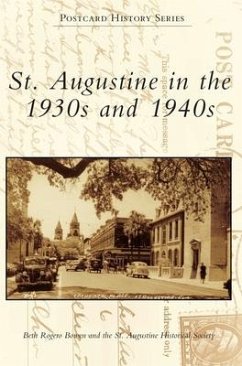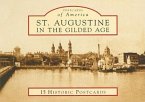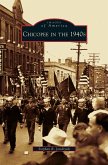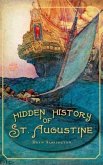The Great Depression came early to St. Augustine with the end of the Florida land boom in 1926, followed by the stock market collapse in 1929. Hotels closed, a major bank failed, subdivisions folded, and tourism was reduced to a trickle. The city's main employer, the Florida East Coast Railway, went into receivership in 1931, and public works projects sought to bring relief to the unemployed. The economy slowly improved toward the end of the 1930s, but it was World War II that brought economic recovery to the town. Local hotels were taken over for military training, and servicemen on leave from nearby military bases flooded the town, bringing prosperity once again to the Ancient City.
Hinweis: Dieser Artikel kann nur an eine deutsche Lieferadresse ausgeliefert werden.
Hinweis: Dieser Artikel kann nur an eine deutsche Lieferadresse ausgeliefert werden.








